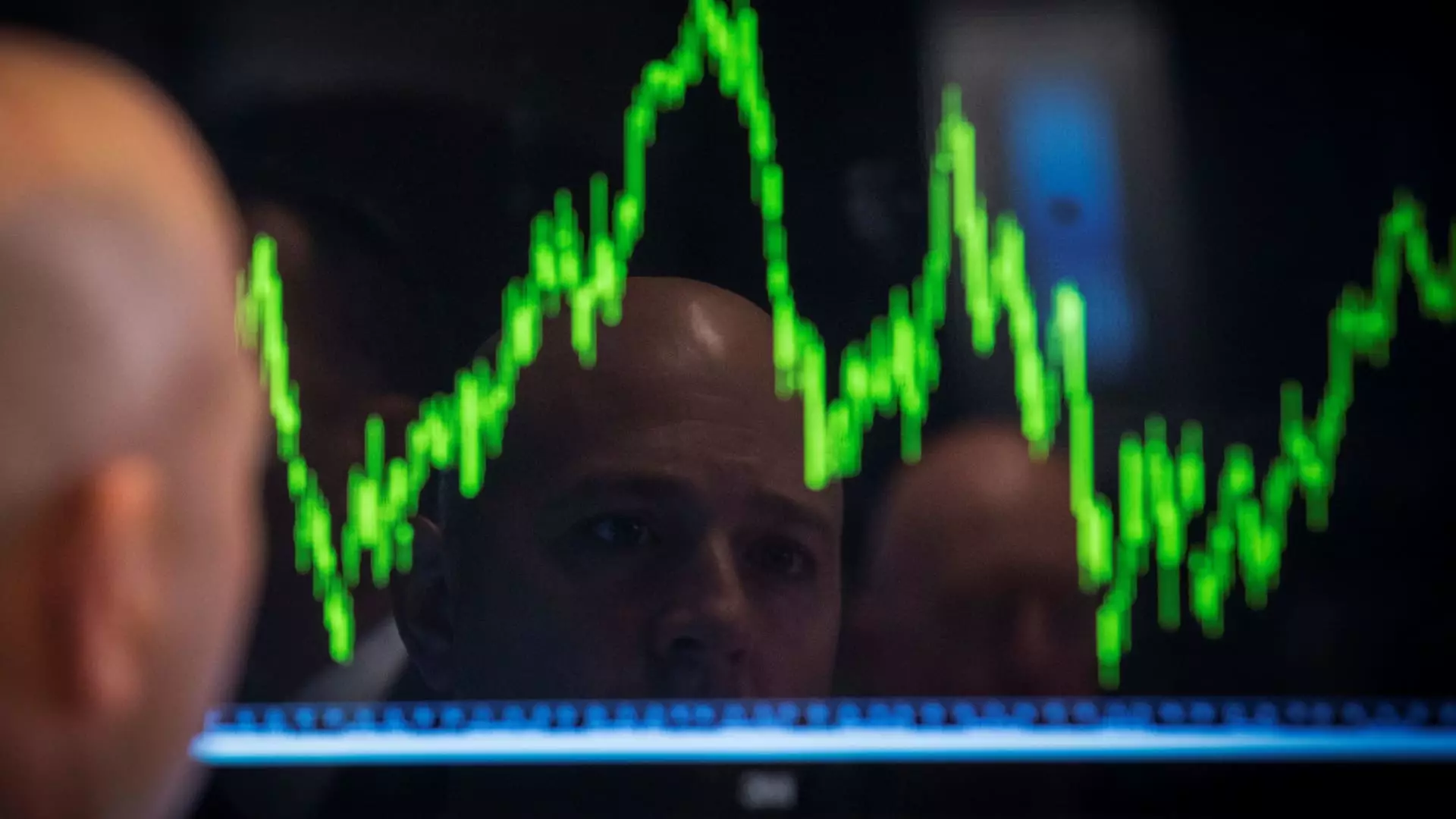The financial landscape is undergoing a notable transformation as prominent figures in the investment world, such as JPMorgan Chase and BlackRock, pivot towards democratizing access to previously exclusive investment strategies. These strategies, once the domain of affluent private banking clients, are now cascading down to retail investors, opening doors that were long locked. This shift is particularly significant in an environment marked by stock market corrections and economic uncertainty. As retail investors seek alternative investment opportunities, the ETF (Exchange Traded Fund) sector is emerging as a revolutionary platform that meets their desires and requirements for diversification and income generation.
The ongoing stock market volatility has prompted a growing interest in innovative investment approaches. Companies like BNY Mellon are recognizing this trend and are eager to meet the surging demand for alternative asset classes. As Ben Slavin, Managing Director and Global Head of BNY Mellon’s ETF business, noted, “We are seeing incredible demand from ETF investors looking for access to alternative investment funds.” This introspective view suggests that they are not merely responding to market trends; rather, they are proactively seeking to redefine the contours of investment accessibility and strategy scalability.
The Rise of Alternatives: Private Credit Beyond the Elite
A notable development in this evolving landscape is the introduction of private credit into mainstream investment portfolios. Historically, private credit investments were characterized by low liquidity and high barriers to entry, typically available only to sophisticated investors and institutions. However, with groundbreaking innovations in the ETF space, products like interval funds are providing a new lifeline, allowing investors to dip into private credit opportunities with a degree of transparency and flexibility not previously available.
Jay Jacobs of BlackRock mentions the effectiveness of interval funds for those desiring to explore private credit while acknowledging the potential downsides of reduced liquidity. This duality in investor experience signifies a paradigm shift—one where high returns associated with private credit can be achieved without entering the convoluted and often opaque world of traditional private equity. With the recent approval of the first private credit ETF by the SEC, the idea of private credit as part of a retail portfolio is edging closer to mainstream acceptance.
Active ETFs: Evolving Income Strategies in a Volatile Market
The investment community is also witnessing a burgeoning interest in actively managed ETFs that aim to fortify portfolios against market downturns while generating income. Strategies involving the selling of call options are emerging as appealing options for investors looking to enhance income through regular cash distributions. Institutions like JPMorgan have responded to this growing demand, exemplified by their JPMorgan Equity Premium Income ETF (JEPI) and the JPMorgan Nasdaq Equity Premium Income ETF (JEPQ), which provide exposure to equity markets while offering the premium income necessary for investors in uncertain times.
Travis Spence from JPMorgan articulates the attractiveness of such strategies, stressing the multiple potential gain avenues they present. The innovative structure of these funds allows investors to remain invested while simultaneously capturing income, thereby addressing their evolving needs within an unpredictable market context. The competitive expense ratios of these ETFs, coupled with their robust dividend yields, further signal that the traditional barriers to these sophisticated strategies are diminishing.
A Cautionary Perspective: Understanding the Risks
While the excitement around these new investment vehicles is palpable, investors should remain conscientious of the inherent risks. The fact that many of these strategies are not necessarily “new” raises questions about their wisdom in an ETF framework. As Ben Johnson from Morningstar emphasizes, while ETFs provide a cost-effective pathway to access traditionally illiquid assets, the structural complexities and potential compromises on returns merit careful consideration.
Investors tempted by the allure of private credit ETFs must also bear in mind the broader implications of market situations. As Johnson points out, these investment vehicles require a thoughtful analysis of both risks and rewards, particularly their historical performance metrics in times of economic downturn. Navigating the delicate balance between maximizing access to alternatives and retaining the essence of what makes those investments appealing will remain crucial.
The Future of Investment: A Change in Mindset
The influx of innovative products catering to retail investors reflects broader shifts in the investment landscape. As trillions sit idle in money market accounts, strategies such as buffered ETFs provide a compelling invitation for investors seeking to engage with higher returns while mitigating risks. With conventional attitudes fraying, market players like Jacobs illustrate the imperative of adapting to current investor sentiments: “Many are using buffered products to step out of cash and into the market.”
As the landscape evolves, so too will the investor’s perspective on risk, liquidity, and alternative avenues for wealth creation. By embracing these changes, both investors and financial institutions stand to benefit, paving the way for a future where wealth-building strategies are not merely confined to the elite but are spread across a broader spectrum of the population, transforming the shape of wealth in America. This optimistic outlook heralds a truly empowering era in finance, making it possible for more individuals to explore and thrive in the vast sea of investment opportunities.

